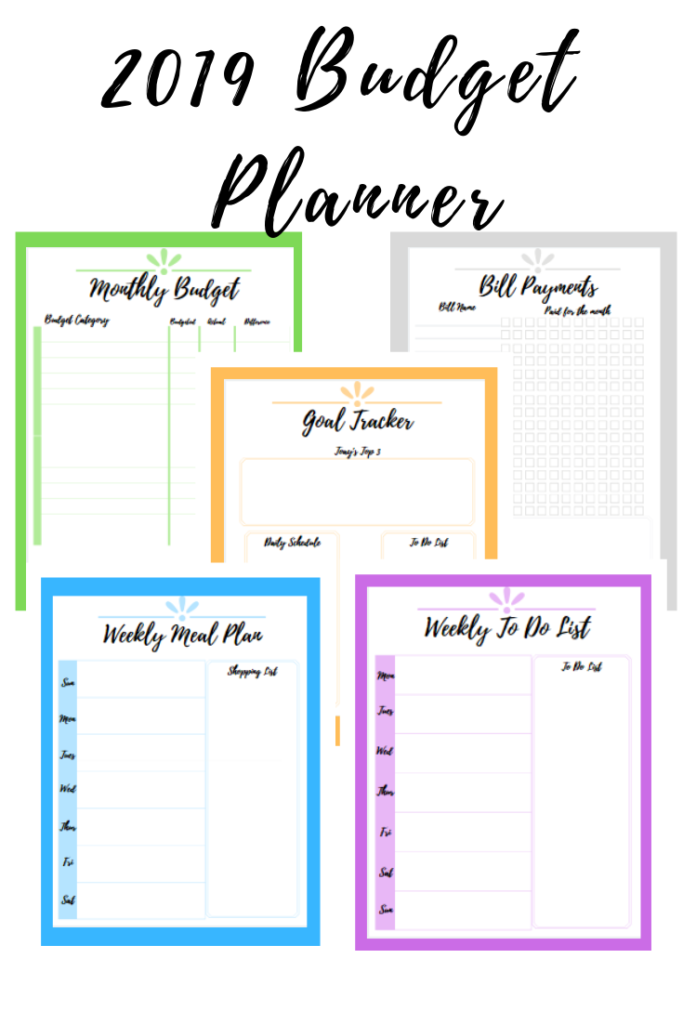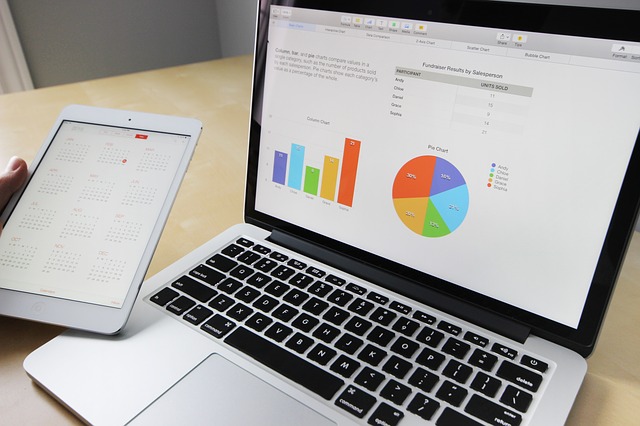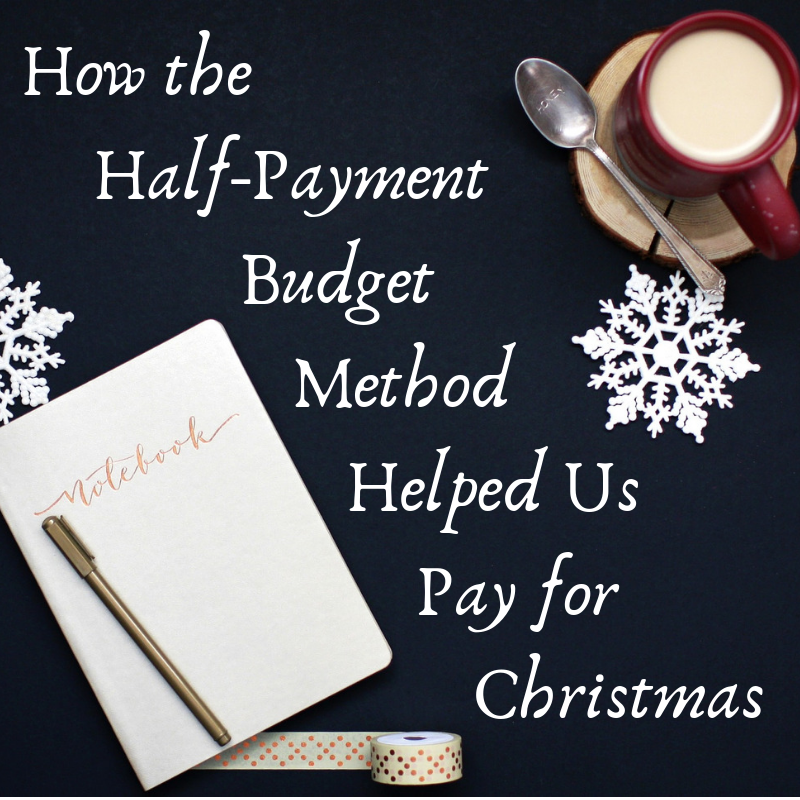
Different Types of Budgets
Many readers are often asking about the different types of budgets…because there are a lot. I’ve tried just about every budget on this list, and many of them simply did not work for us. In fact, only one did work, but I’ll get to that later.
Disclaimer: This post contains affiliate links. That means if you click on a link, I may receive a portion of any sales, at no additional cost to you. Please know that while I may receive a small commission for my endorsement, I will only promote items of high quality that I think will benefit you!
First Steps in Budgeting
Track Income
When choosing a type of budget, you need to have some basics down before choosing. First, you should know what kind of income you have. My day job pays me twice a month, so 24 total checks in a year. It’s a salaried position, so the amount is exactly the same each time. My husband works in an hourly position that is paid every two weeks. Most months have two paychecks, and occasionally there are three. His amount varies a little each time based on the number of hours he worked. Some budgets are better suited for equal paychecks, others are better for those that vary.
Check out my free planner for help tracking your expenses! Click here!

Track Expenses
Secondly, you need to know what your expense are. It is always recommended that you track every penny of income and spending for one month before starting a budget. If you need a template for this, check out my FREE kit right here! Start drafting some categories, like “food”, “bills”, “entertainment”, “loans”, etc. That way, you know where you currently stand. Every budget has categories, so it’s best to start drafting them now. It is also best practice to track your actual spending and not just guess. We tend to kid ourselves into thinking we’re spending less than we are.
Once you’ve got your income and expenses tracked, it’s time to get down to business! Many of these categories overlap a bit, so I’ll try to make the distinctions clear as we go.
Types of Budgets
Percentage Budget
The most common percentage budget is the 50/30/20 budget. That means that 50% of your income should go to necessities (food, rent/mortgage, etc), 30% should go to wants (clothes, movies, entertainment), and 20% should go to savings and debt repayment (retirement, emergency funds, loans, etc). This is all after taxes.
This method is a great starter for those who have never budgeted before. Once you have your spending for a month, you can easily figure out what percentage of your money went to each of these categories, and make sure that you are staying within this budget.
Now, I personally disagree with these exact percentages, specifically the 30/20 portion. It is recommended that you set aside 15% of your income to retirement, which leaves only 5% left for other savings. Plus, I think 30% is a lot of wants. In our budget, we are more along the lines of 20% retirement, 50% expenses, and 30% long-term needs and other savings. However, to be fair, we do not own a house, so that savings goal includes what we’re hoping to spend on a down-payment. Plus, it includes long-term expenses like car insurance or maintenance on our cars, too. Budgets are customizable for you! 50/30/20 is a great starting goal, particularly if you’re way over that when you start. This is a great beginning budgeter guideline.

Zero-Based Budget
The rule of thumb for this type of budget is that every penny has a place. This is the one that we find most helpful because there is no extra spending. There’s no “extra” at the end of the month. Every penny goes in a place, and that’s the end of it. Easy! There are several ways to do this type of budget.
Cash Envelope
The first is the cash envelope system. This type of budget is great for people who tend to over-spend, or have racked up credit card debt. Basically, you choose your budget categories (food, clothes, etc), and then take out your monthly (or bi-weekly) amount in cash. This goes into the envelopes and you pay for everything in cash. You can’t overspend in this method, because you literally don’t have the money.
This method is so popular, that there are specifically designed envelopes with tracking information that you can purchase here.

AND, there’s also a wallet designed just for those on this budget. It’s perfect. Check it out here!

Half-Payment Method
This is my winning type of budget! Since we each get paid twice a month, this one suits us best. Basically, we take our monthly expenses (rent, bills, food, etc) and we divide them in half. Every penny of each check is divided between these half-payments so that when the bills come at the end of the month, we have the full payment.
I love this method because it guarantees us to have the money when the bills come, but some of our more flexible expenses (food, entertainment, etc) are limited to a two-week span. I found that if my family if I did a month at a time, I would end up just blowing it all a the beginning of the month and have nothing left at the end. This way, I’m limited to two weeks, so I know that halfway through the month there’s more money coming in. However, the key to this method is that every single penny is assigned to a job.
Dave Ramsey
I gave Dave Ramsey his own category because he’s the champ of personal finance. If you haven’t checked him out, you can get the full story here.
Anyways, Dave Ramsey suggests a zero-based budget as well. However, he is most well-known for his “baby steps” system, which his clients have found extremely successful, particularly those with lots of debt. I won’t speak for him, but you should definitely check him out.
Tech Tools
Technology is both a blessing and a curse. Whatever your thoughts on it, there are several great technology tools to help you maintain your budget digitally. Fair warning, if you are not comfortable entering your bank information online, then you might as well skip to the next section 🙂

Mint
This is one of the most popular apps out there! And…it’s FREE! The Mint app helps you create budget categories and automatically tracks your spending.
There were only two downsides that I found for me. These are both under the assumption that you don’t find linking your bank accounts to mint a downside.
First, there is a bit of a learning curve for the technology in order to figure out what places go in which categories. The upside is that it is possible for you “split the check” as I like to call it. For example, if you run to Target and get a new sweater and some groceries, those likely to into different categories. You can split that purchase between both categories manually. That part is good, the bad part is that I found myself going in to adapt certain purchases and manually enter way too much stuff. It also does not like it when you “borrow” money from other categories. For example, if I over-budgeted on gas but under-budgeted on food, I like to just move a few bucks over to help myself out. Mint doesn’t like that.
The second downside was the lack of category options for your savings. I like to keep our daily spending in categories in our checking, but I also have categories in my savings. I tried to set up a “house fund” in my savings, and it wanted to count my entire savings towards that goal. Some of that money was earmarked for other goals. Mint didn’t like that, either.
Personal Capital
This is my personal favorite type of budget, and it’s FREE! The best part about Personal Capital is that it tracks your net worth, not just keeps your budget. That means that it tracks your loans, retirement funds, bank accounts, and everything finance.
Personally, I was on the fence about this one, but once I entered everything, it was a hit! I don’t actually use it for budgeting, I use it to track all my accounts in one place. Plus, it comes with a free budget analysis when you sign up. It’s got a great built-in retirement calculator which can run lots of retirement scenarios and give you the likelihood of you having enough money in retirement in each scenario.
It does have a budgeting feature, which I liked a lot! However, I found that the half-payment method combined with a spreadsheet was the way to go for us.
Spreadsheet (paper/pencil or Excel)
Last, but certainly not least, is the spreadsheet. Some people like digital spreadsheets in Excel, but personally, I go paper/pencil.

The spreadsheet method is the manual way to do your budget. I like doing it manually because then I am more conscious about entering every amount and keep better track of each penny. We combine the half-payment with our spreadsheet and track it manually. Many people like to do this monthly, but I like to do it every two weeks.
If you need some household trackers to get you started, you can check out my FREE kit right here! It also includes a meal planner, because that’s where many people go far wrong in their budgets.


